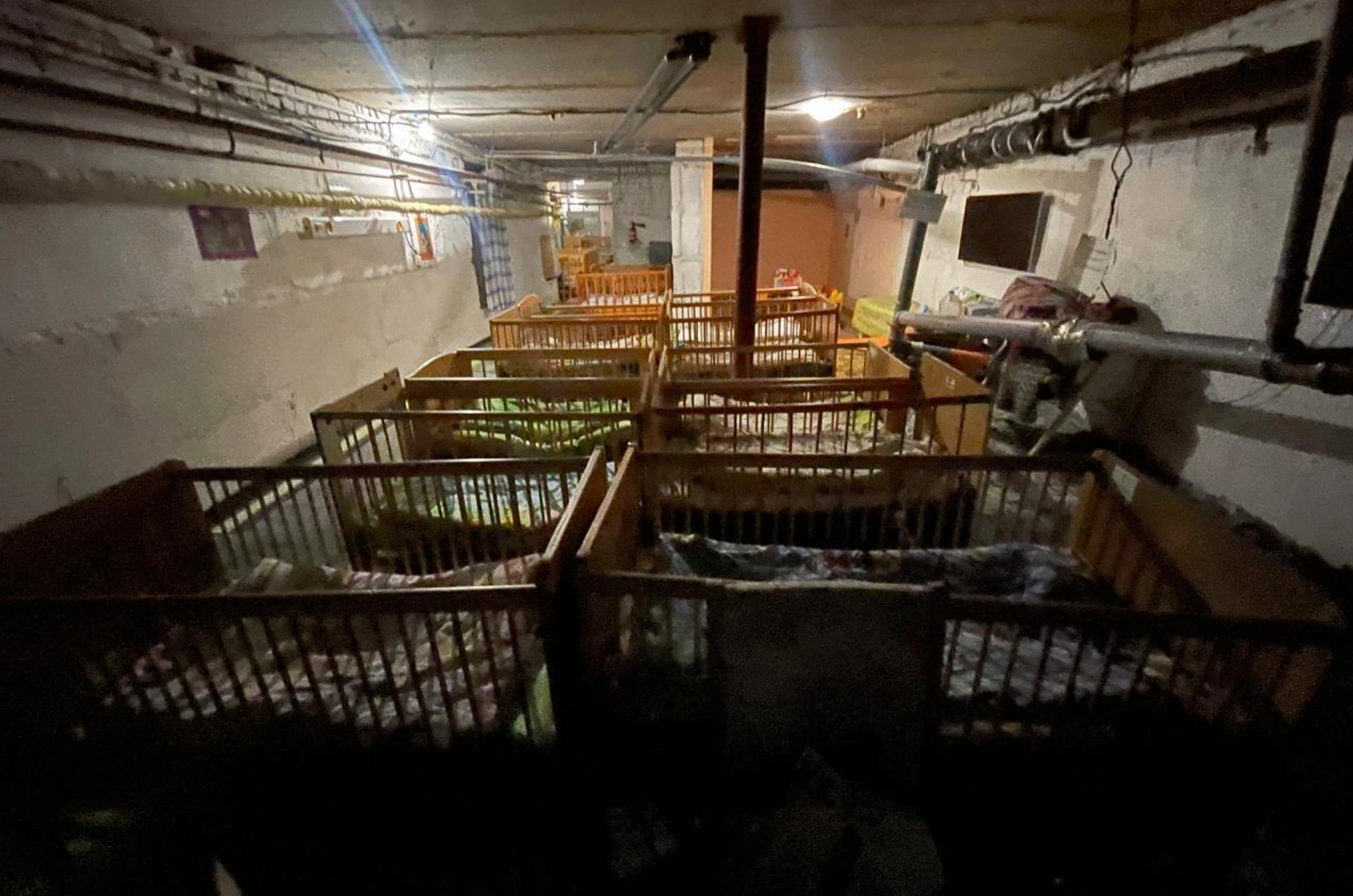
Hiding in the basement
Currently, there are 30 children aged from birth to six years old in the Kremenchuk Regional Specialised Children's Home, which is part of the healthcare system. Nine of them are children with disabilities, and three more require palliative care.
During an air raid siren, according to the director of the institution, Yulya Bahro, the children are taken down to the shelter. The children in palliative care remain in their block between two walls.
"If there is a threat of massive rocket fire, and we read the news and keep our finger on the pulse, then we take them down to the shelter with everyone else. It's not that easy to do. These are children with tracheostomies and gastrostomies. We take oxygenators and mucus suction devices there because the children cannot breathe normally on their own. We have everything we need to sustain life there: food supplies, technical and drinking water for 48 hours," she says.
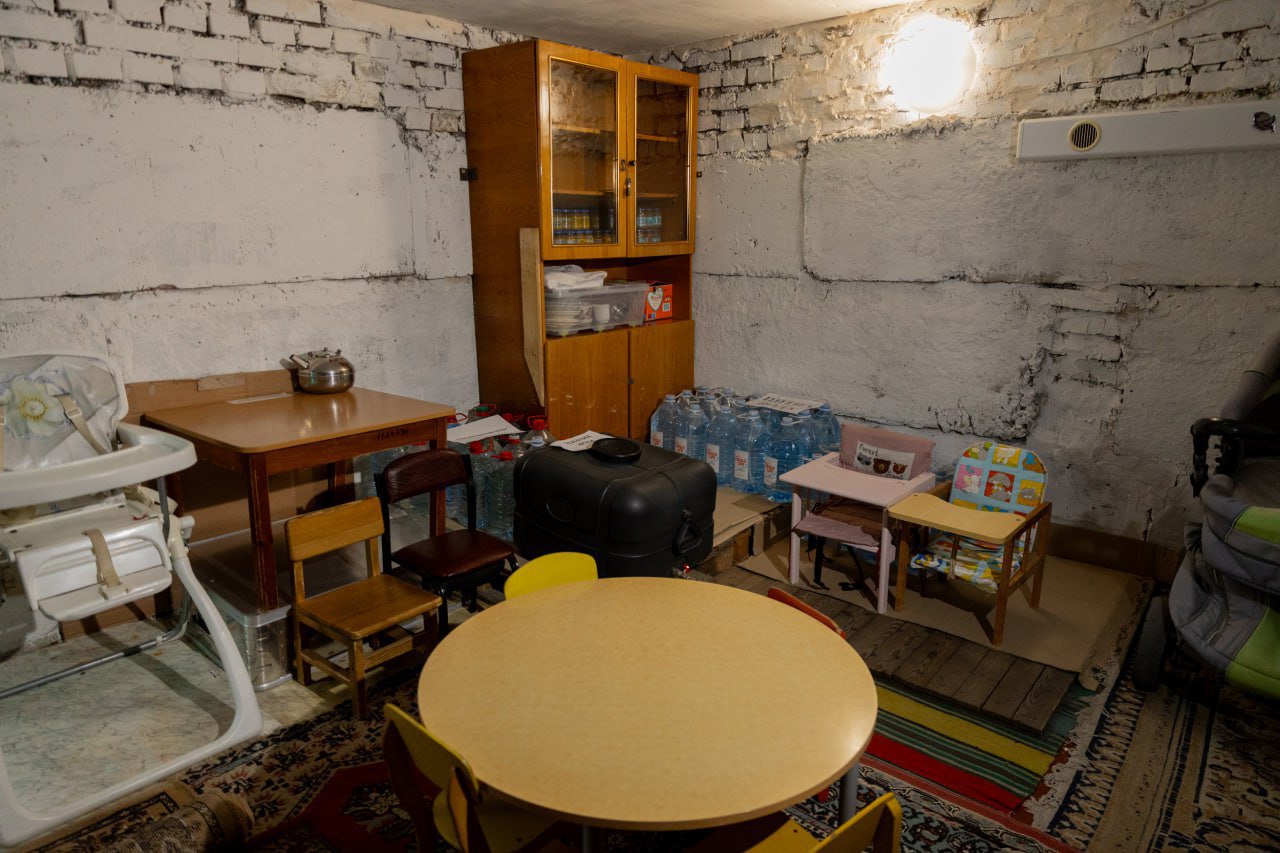
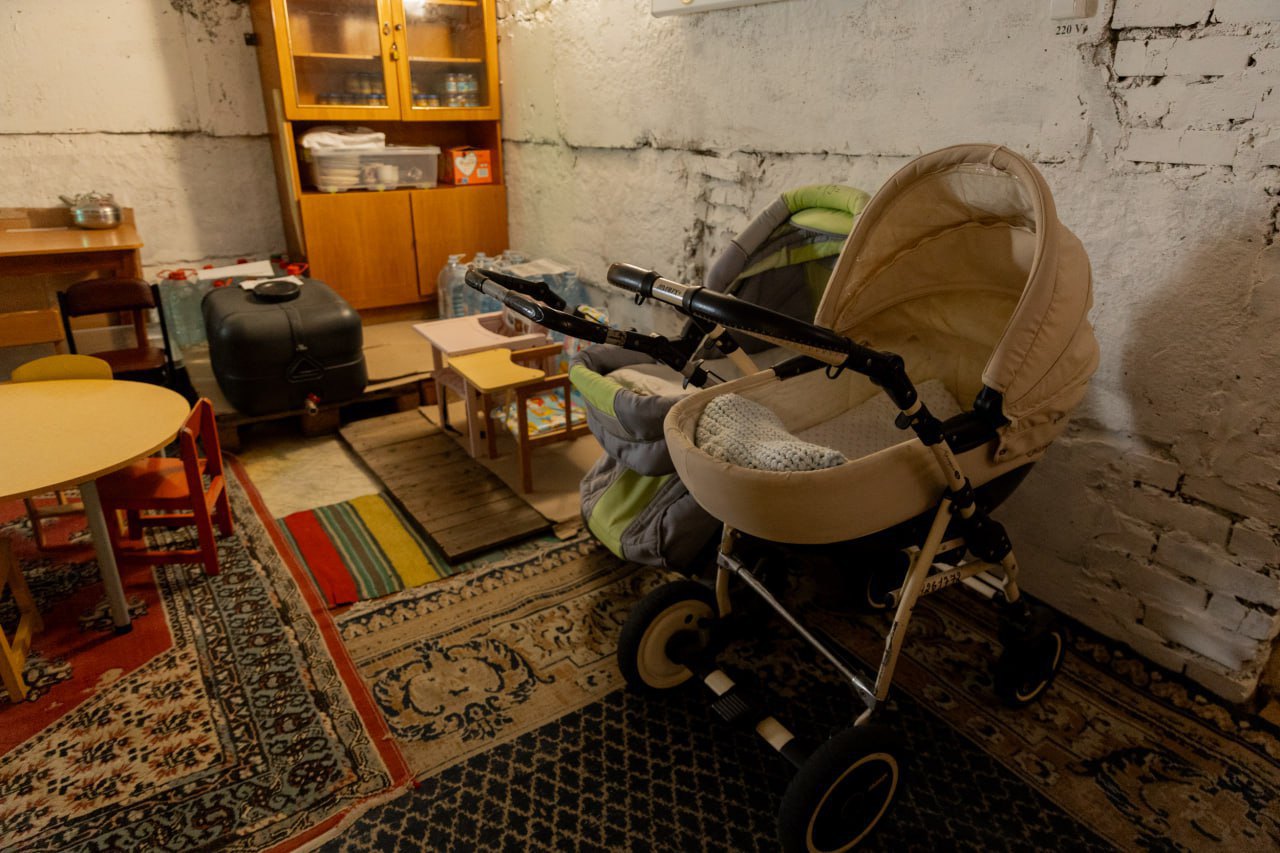
The shelter is actually a basement that employees furnished themselves at the beginning of the full-scale invasion. They covered the floor with carpets to prevent dust from rising and put beds in place. It has not undergone any major repairs or even any more or less serious repairs in the last three years.
‘Of course, we maintain the condition of the premises: every summer we treat the walls, take everything out, and clean up,’ says Yuliya Bahro.
However, according to the State Emergency Service, the basement of the facility cannot even be used as a simple shelter. The Poltava Regional Military Administration has been repeatedly informed that this is a problem.
For example, the lack of shelter, which puts children at risk, is mentioned in the report of the monitoring group of the Secretariat of the Human Rights Ombudsman, which, together with representatives of public organisations, visited the Kremenchuk Children's Home at the end of December 2024. Ombudsman Dmytro Lubinets even mentioned this case in his annual report, noting that despite the fact that the basement of the facility is not recommended for use, no meetings of the commission on assessing the safety of children in the facility were held at the level of the RMA. In order to remedy the violation, the ombudsman submitted a request to the Poltava RMA.
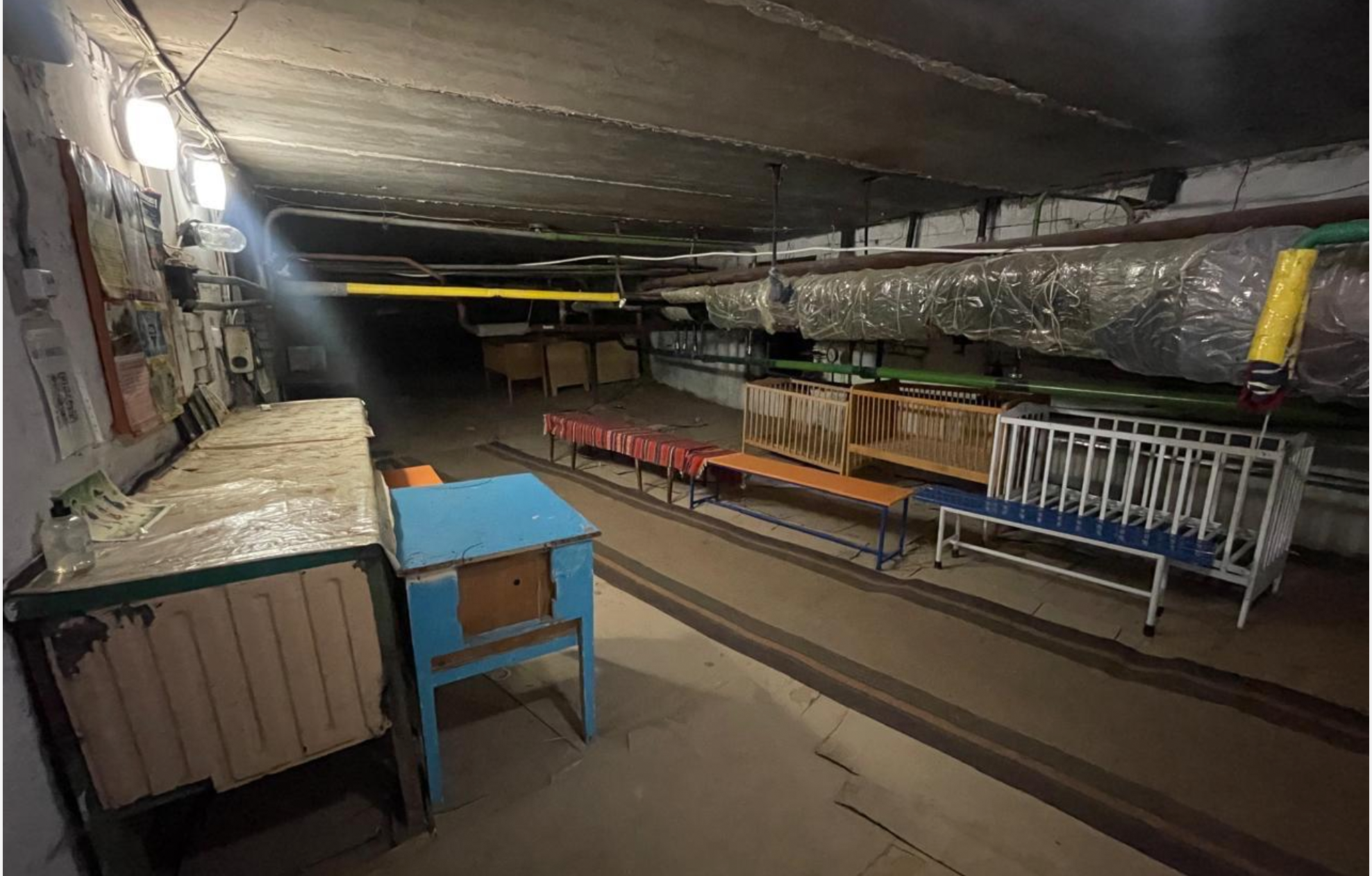
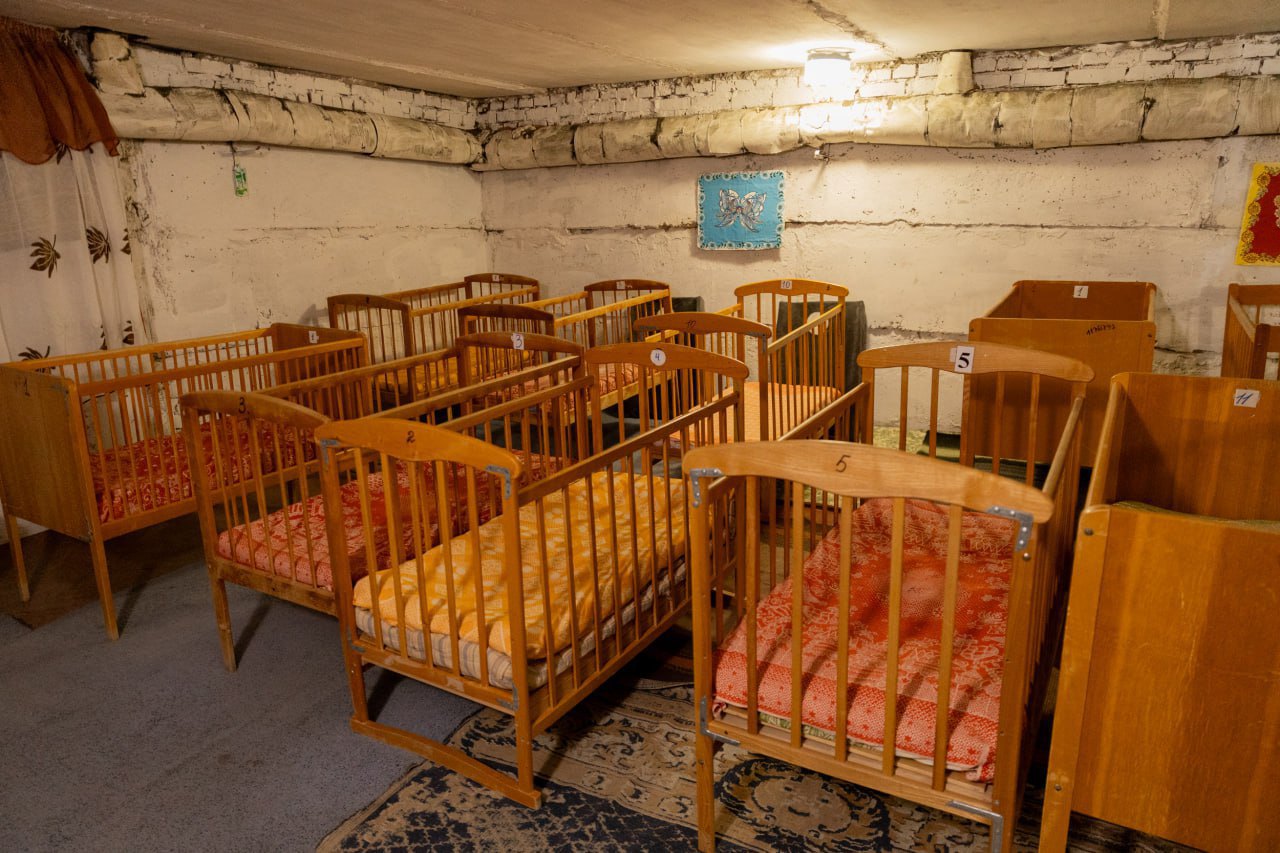
Two months after the monitoring visit to the children's home, representatives from the Main Directorate of the National Social Service in Poltava Region came to inspect the facility. Their main observation was the same.
"There are beds, a supply of water, hygiene products, medicines, and a toilet. In other words, the conditions for the equipment (storage) are met. But it's not suitable. The basement of the building is simply not suitable for this purpose because it contains utilities, heating pipes, and hot water. You can imagine what would happen if they burst,‘ says department head Liana Novosad. ’Many government officials are now visiting the children's home. But this is a financial issue, and no one except the Poltava Regional Council can resolve it, no matter who visits.
However, the local authorities are not in a hurry. It was only at the end of April 2025 that they managed to allocate funds for the development of project and cost estimate documentation for the construction of the shelter. This did not guarantee the appearance of the shelter itself. And it certainly did not solve the issue of the children's safety either here and now, or during its construction, if it does start.
In general, according to data published by Dmytro Lubinets in last year's report, at the beginning of 2024, out of 394 institutions where children stay around the clock, only 329 had shelters.
An obvious solution to the situation would be to evacuate the children's home to a safer place. However, this did not happen either.
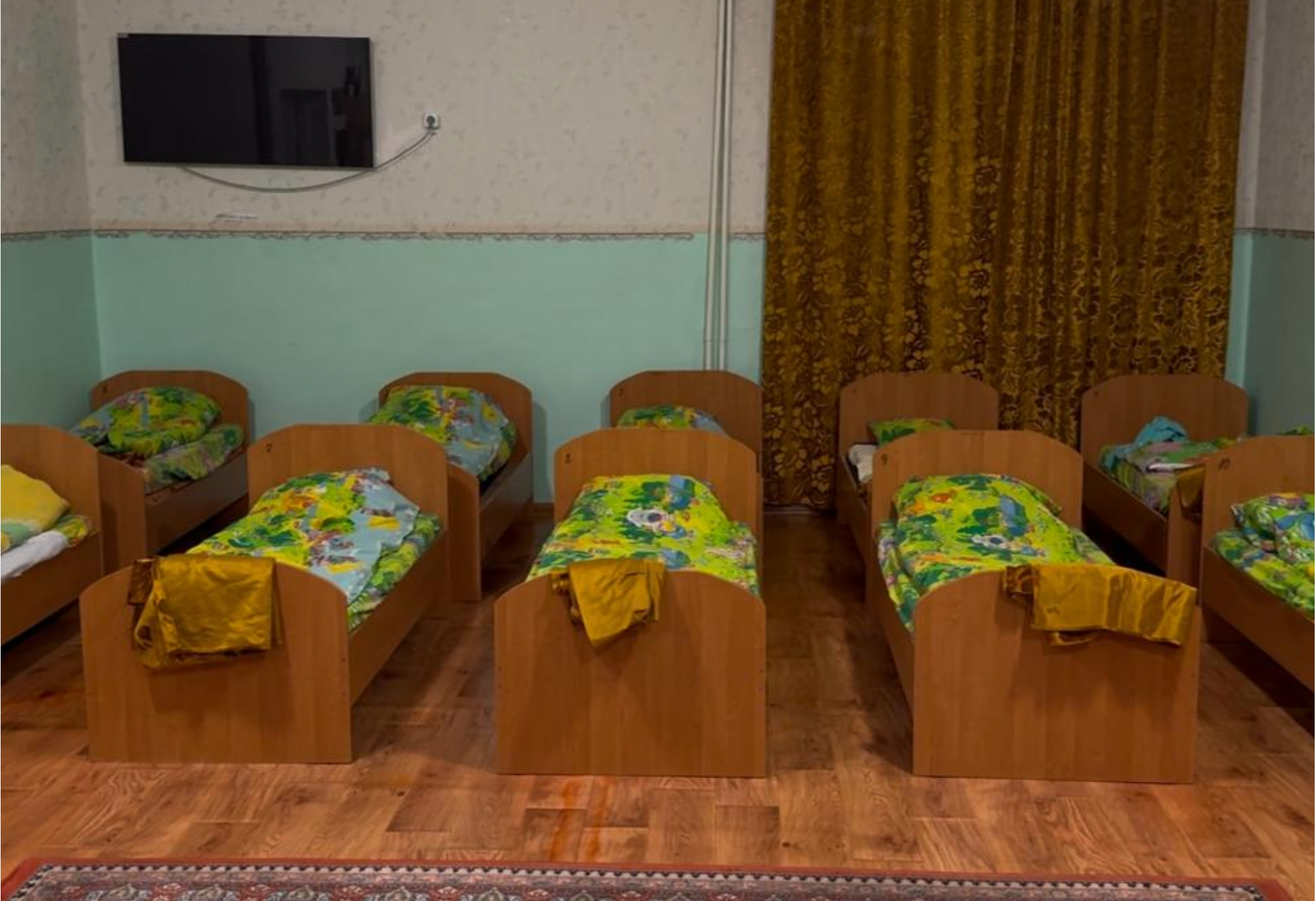
Non-evacuation
In fact, this option was considered. And now, the three-year delay in resolving the issue of shelter at the facility is explained by the possibility of evacuation.
"In 2022 and 2023, we were in a constant state of readiness to be evacuated at any moment. I have only been in this position for three months, so I am new to the facility and cannot say for sure how things were before. I know the story from documents or from my colleagues. They said that they were constantly preparing to go somewhere, even preparing documents for evacuation to Austria, but it did not happen. I do not know why," says Yuliya Bahro.
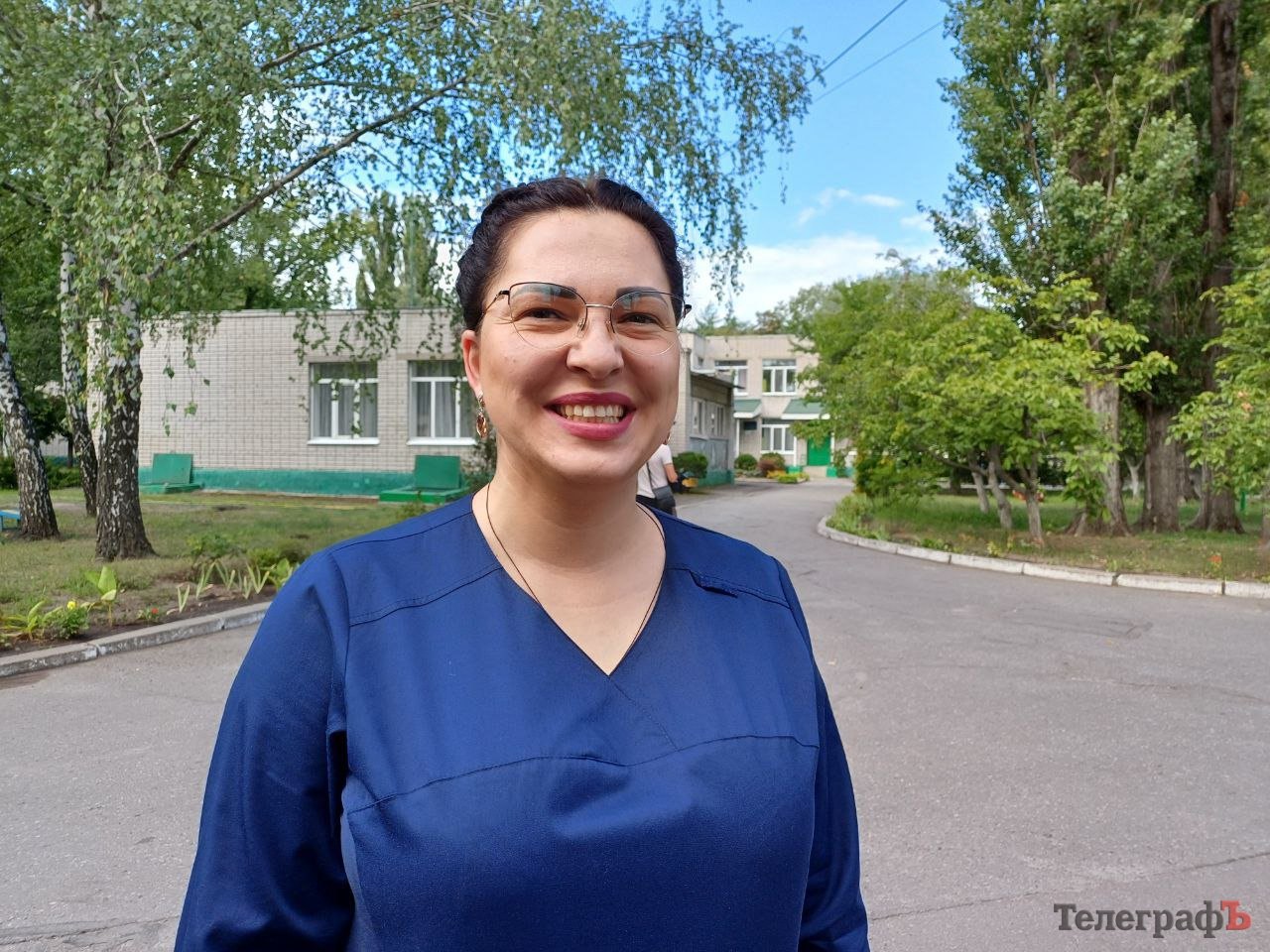
The same was said in February at a meeting of the regional council's standing committee on education, science and culture, which considered the functioning of the children's home, by Viktor Lysak, head of the Poltava regional administration's health department. The Kremenchuk children's home is subordinate to this structural unit. In short, all the documents for the relocation of children abroad were ready. But the issue was delayed, and in the end, the children remained in Ukraine. Requests for shelter were allegedly also submitted, but no funds were received because the facility was planned to be relocated. In 2025, money was again requested for the development of project documentation for the construction of a protective structure. And 2024 somehow fell out of this story altogether.
We tried to find out the reasons for the refusal to evacuate, but the director of the health department was on holiday at the time, and the acting director did not want to talk. Therefore, the editorial office of LB.ua sent an official request and is awaiting a response. A request was also sent to the acting head of the Poltava RMA.
Darya Kasyanova, programme director of SOS Children's Villages Ukraine, was at the Kremenchuk children's home a year ago for the presentation of the organisation's cooperation with the Poltava Regional Military Administration as part of the deinstitutionalisation project.
"Even then, we had questions about why these children had not been taken away. Well, you can imagine how many staff members remain at the facility at night and whether it is even physically possible to wake up all those children and take them downstairs. We asked about it then. We were told that most of them would most likely be placed in families or returned to their biological families in the near future," she says.
SOS Children's Villages offered to take the children to a safer region, at least for the summer. But this option did not work either. Unofficially, this was explained by the unwillingness of employees to leave — they would have had to accompany the children.
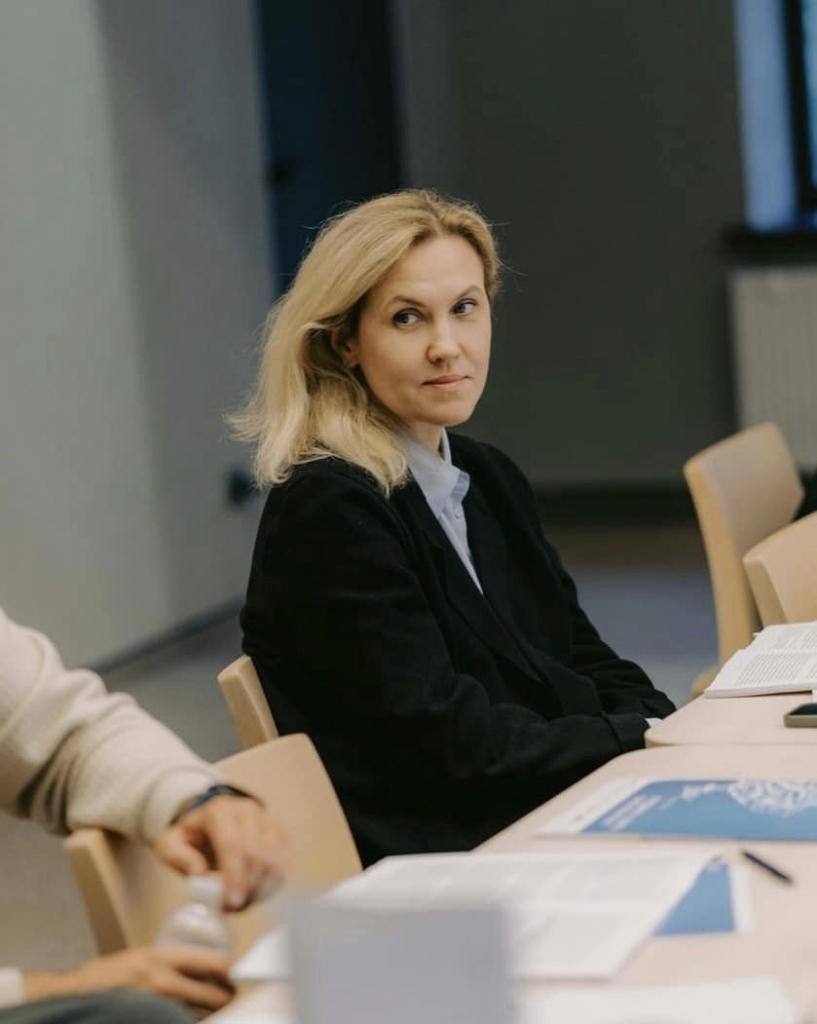
“And where would we take them? Everyone wants to take these children, and then we won’t be able to get them back.” But that’s not the point. The point is whether they can ensure the children’s safety. Even if no one has been harmed today, no one can guarantee that luck will hold tomorrow, says Darya Kasyanova. “Another task is to observe these children in a calm environment and stabilise them if they show any signs of trauma. Because against this backdrop, many things can be set in motion, especially considering that children in orphanages are not doing very well anyway. Incidentally, we conducted an assessment of the children's needs at the facility and saw that almost all of them had some signs of developmental delay or other developmental problems.
She raised the issue of the Kremenchuk children's home several times at the evacuation coordination headquarters. And SOS Children's Villages was ready to help with the move.
But they have to decide where to take them. If they don't want to go abroad, understanding that it is difficult to return children from Europe, then it is still possible to find much safer places in Ukraine. But no one comments on this, and it seems that they are clinging to those children and are categorically opposed to them being taken away," says Darya Kasyanova.
Although the evacuation algorithm has already been worked out. And in fact, all children's homes from the most dangerous regions have been relocated: children from Donetsk Region are now in Chernivtsi Region, from Luhansk Region — in Transcarpathian Region, and from Zaporizhzhya Region — in Lviv Region.
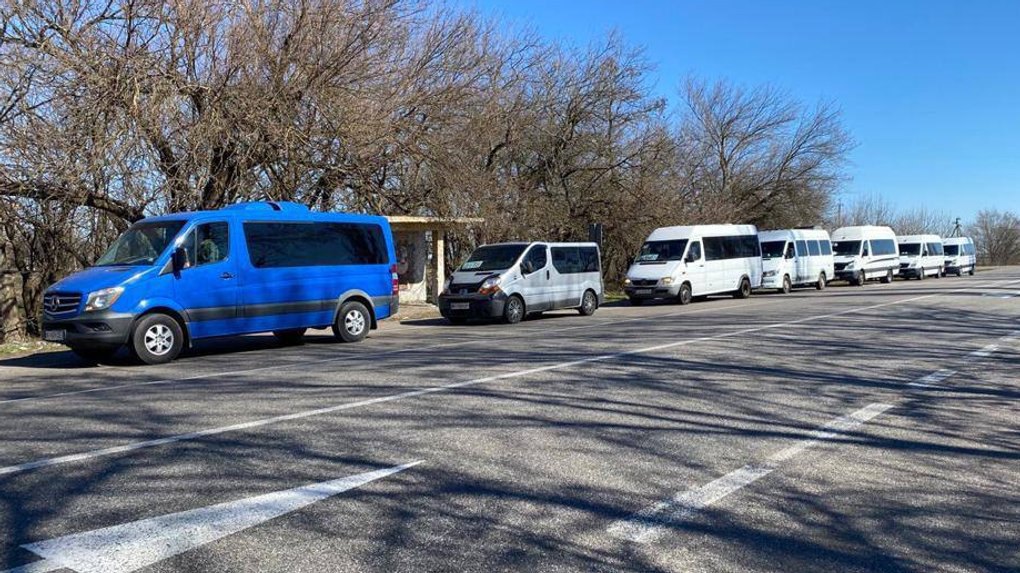
“The Sumy Region did not evacuate children for a very long time. We wrote to them and reminded them. In the end, these children were also taken away, just like the children from the Mykolayiv orphanage,” she says.
But another issue highlights how difficult it can be to convince local authorities to agree to this step.
“We have become too accustomed to war. That is why I think the state should regulate security issues and ensure that these requirements are met. We are responsible for these state children, as we like to call them. And so I don’t understand why we have been negotiating for three years and have to take the place of employees of institutions or someone else,” says Darya Kasyanova. "The problem is that in Ukraine, in the context of war, there is really no decision-making system and no criteria for safety or danger.
As a result, everyone decides for themselves, and even within the same region, institutions act differently. In the same Poltava Region, 34 children from the Centre for Social and Psychological Rehabilitation of Children, which, unlike a children's home, belongs to the social protection system, were temporarily evacuated to Poland. This was decided by the same Poltava Regional Military Administration. In other words, there is no logic to be found here.
A tangle of problems
‘They refused to evacuate the children to other places because where the children go, the money goes,’ wrote Inna Miroshnichenko, explaining the inaction of the parties involved. For example, in 2024, funding for the Kremenchuk children's home amounted to over 36 million hryvnyas. Salaries are the largest item of expenditure, accounting for about 80% of the funds, along with utilities. The monitors also mentioned in their report that funding is used to maintain the facility rather than to meet the needs of the children directly.
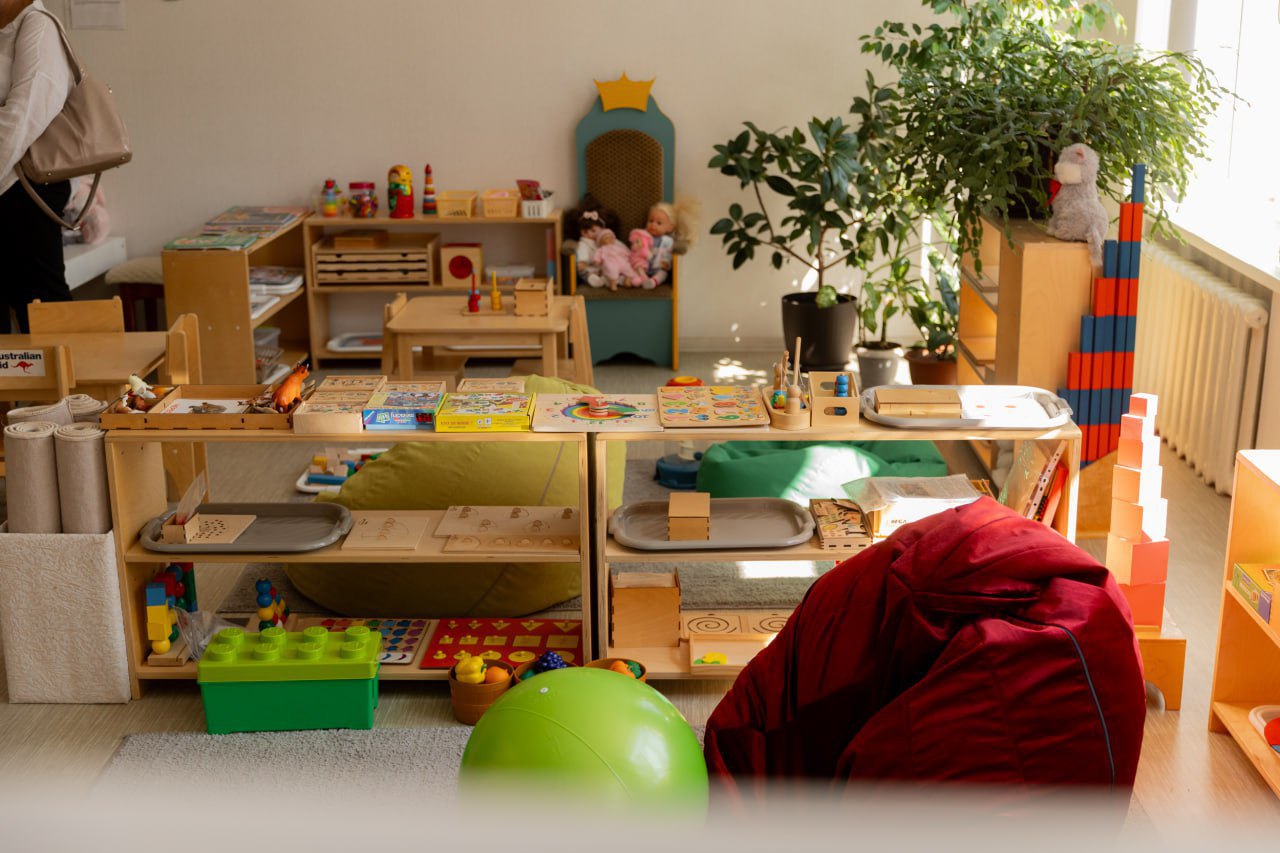
The scandal surrounding the lack of shelter immediately led to discussions about other problems, in particular the conditions in which the children live. After all, following its December visit, the monitoring group made a number of comments.
Among other things, they drew attention to the fact that the educational process for preschoolers is not well organised. Psychotropic drugs are given to children without the informed written consent of their legal representatives. Not all children who have been given an unspecified or probable diagnosis are subsequently referred for further medical examination to specialised institutions. Children with disabilities do not receive adequate rehabilitation services and developmental activities. Children use shared linen and clothing. They sleep in overcrowded bedrooms with ten children per room. The dressing rooms are not equipped with partitions. At the same time, there is no access control system at the facility, and access to the territory is open.
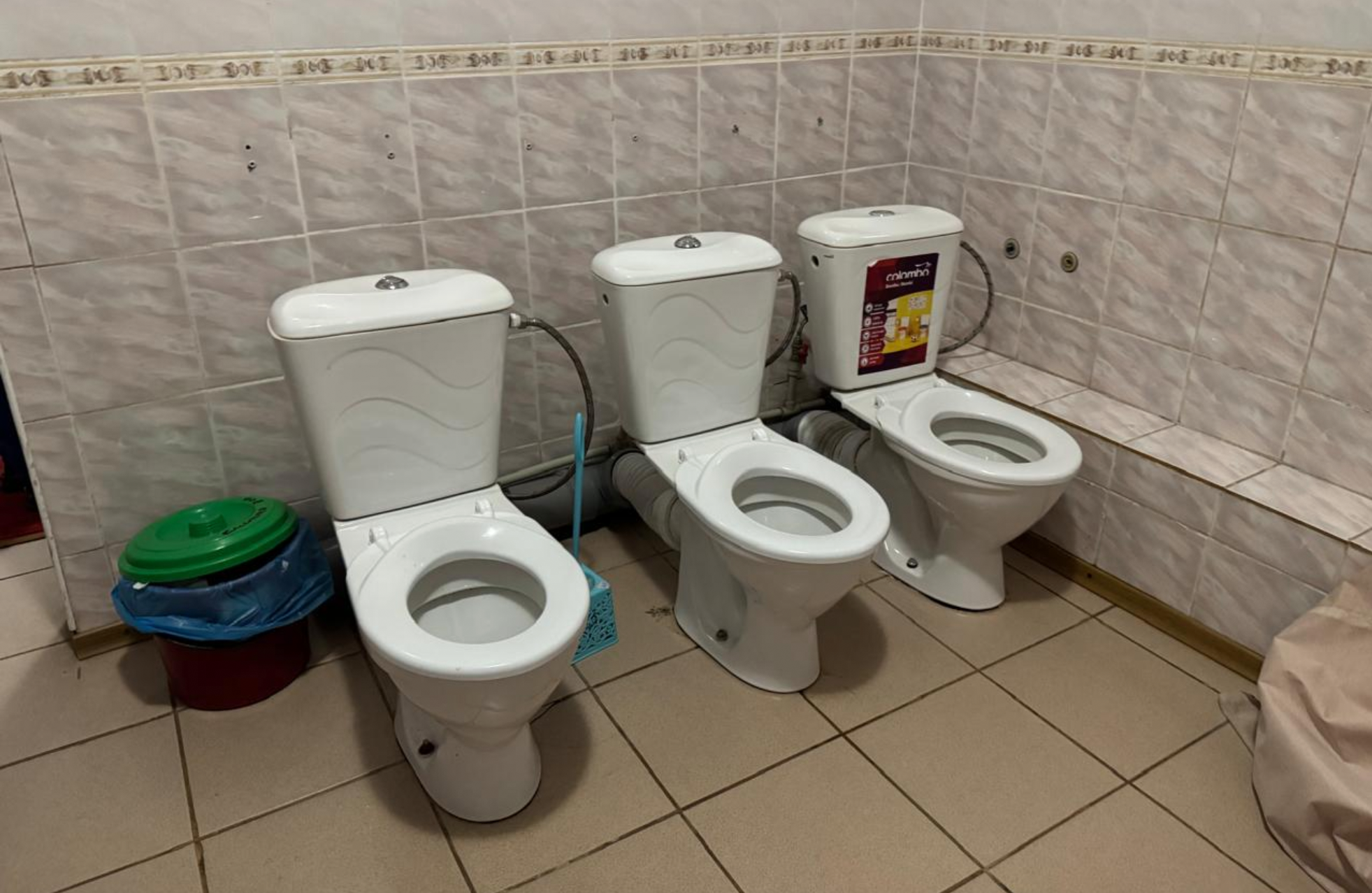
The facility says that the shortcomings have since been corrected. For example, video cameras have been installed on the premises, and the toilets in the sanitary room have been separated.
"As for linen, we have our own laundry. The children are examined for parasitic diseases. The linen is washed, treated, dried and provided to the group. Therefore, in accordance with regulatory and legal acts, there was no need to provide it to everyone individually. And we cannot say that we violated anything at that moment. But since we were pointed out that this was a shortcoming, we corrected it. Now everyone has their own individual items, says Yuliya Bahro.
In other words, the essence of some of the complaints was not really understood there. As for educational and rehabilitation activities, according to the director, everything was fine with that. One change was that the list of journals kept by the educators was expanded.
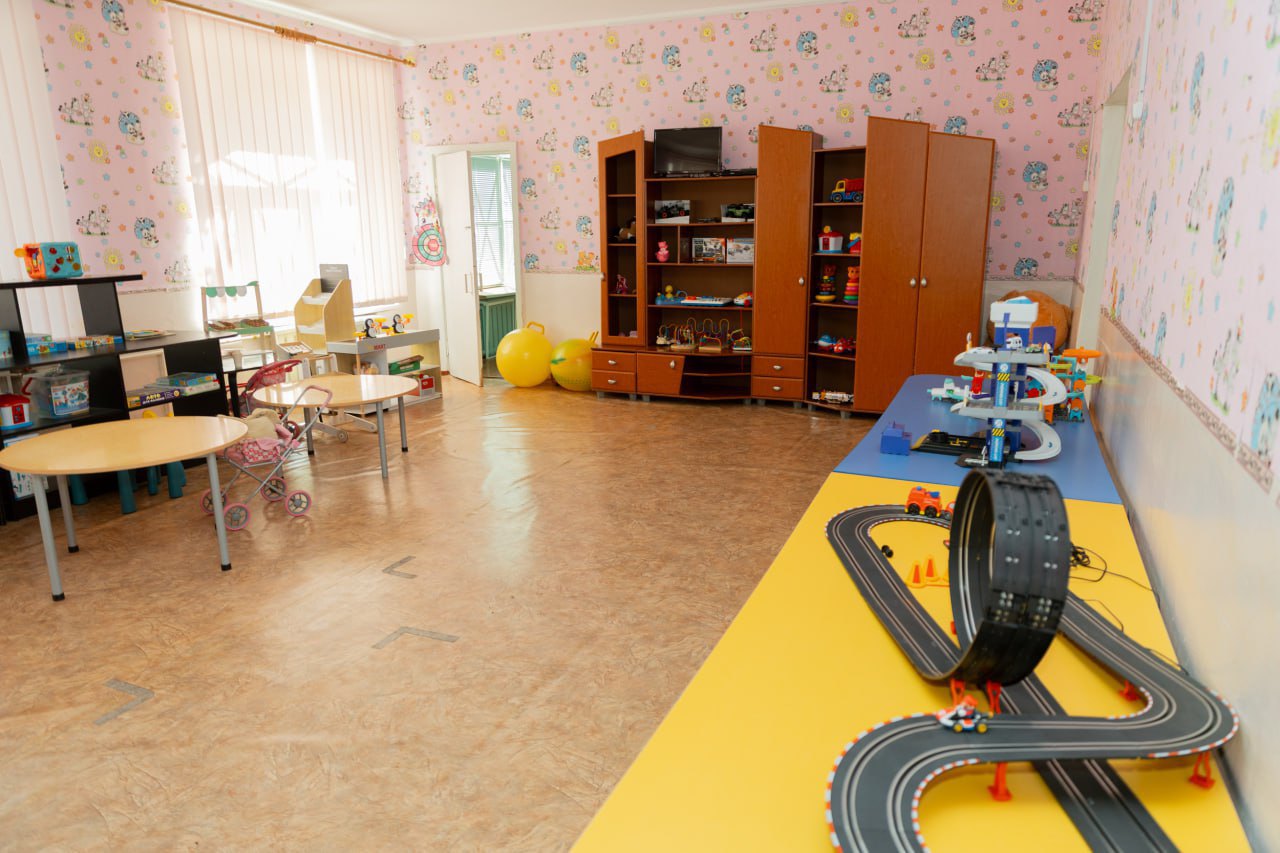
At the same time, public activists who spoke out about safety issues and the conditions in which children live were immediately accused of simply seeking to close the children's home. And that is why they are slandering it.
It should be noted that this whole story has overlapped with lengthy discussions about the future of children's homes. It is with them that the deinstitutionalisation reform should begin. This involves reorganising children's homes into medical rehabilitation centres, social support centres for families and children, or other health or social protection institutions, and placing children in family-based care. The owners of these institutions should have implemented this by 1 September 2025. However, not everyone has managed to do so. Some have simply changed the sign. And in Poltava RMA, they are still delaying the final decision. This uncertainty is probably very unsettling for people. The institution has 106 employees.
But there are no specific instructions. The authorities are working through all the options for the region to ensure the rational use of our labour resources and funds and to provide a certain part of the population with the services they need, says Yuliya Bahro. It is not very clear where the interests of children fit into this list.
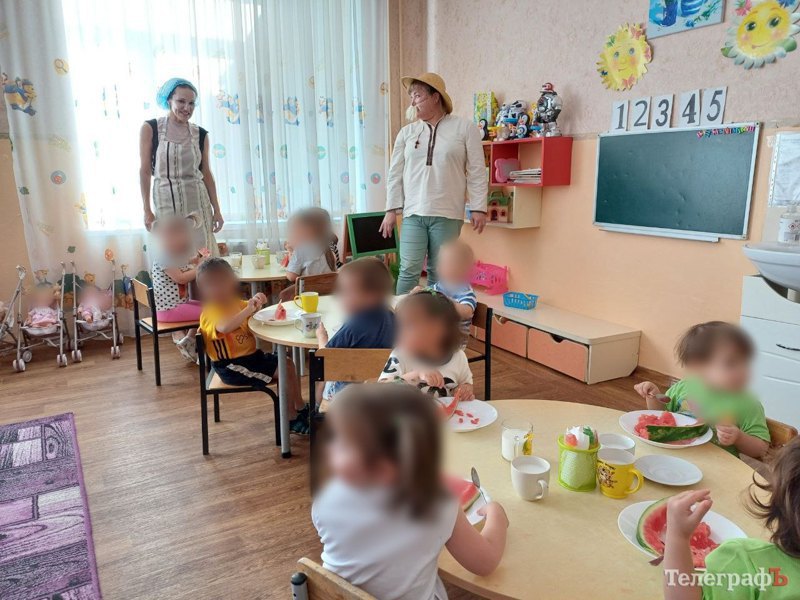
— Everyone here is afraid of reorganisation, shouting ‘everything is lost.’ On the other hand, not much is actually happening. And the transformation they talk about is very, very slow. Because there are many questions, primarily about funding and how it will happen, how to provide for children who really need round-the-clock care, if they are children without parental care. And at meetings, it is clearly communicated that it is impossible to simply close children's homes or merge them in some way. But as for Kremenchuk, the situation here is different. We understand that these are very small, vulnerable children who need care. And this institution, which I have seen with my own eyes, in my opinion, cannot be transformed. It is definitely not suitable for children. They need more comfortable, better-equipped premises, and this is what needs to be considered. Right now, the issue is the survival and safety of these children, says Darya Kasyanova.
Unless you count repairs
Against the backdrop of the scandal, official delegations began visiting the children's home one after another. At the end of August, the acting head of the Poltava RMA, Volodymyr Kohut, visited the facility. He was quite satisfied with what he saw: "The children's home is properly equipped, and its residents are provided with everything they need. The play areas, recreation areas and rooms are in satisfactory condition. The staff provides professional palliative care for seriously ill children." However, the premises used as a shelter for children and staff in case of danger need further renovation and improvement. This is the one that, according to the State Emergency Service, is not recommended for use even as a simple shelter.
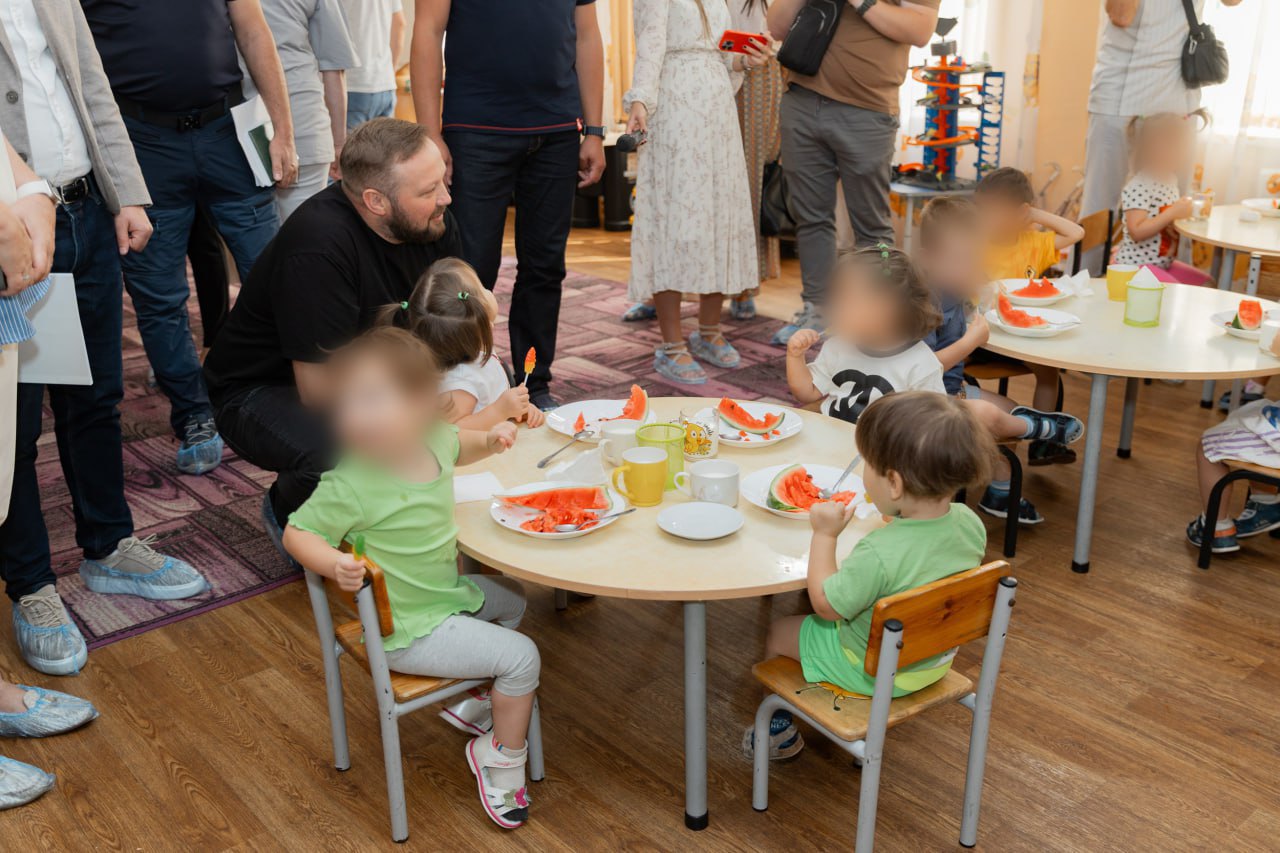
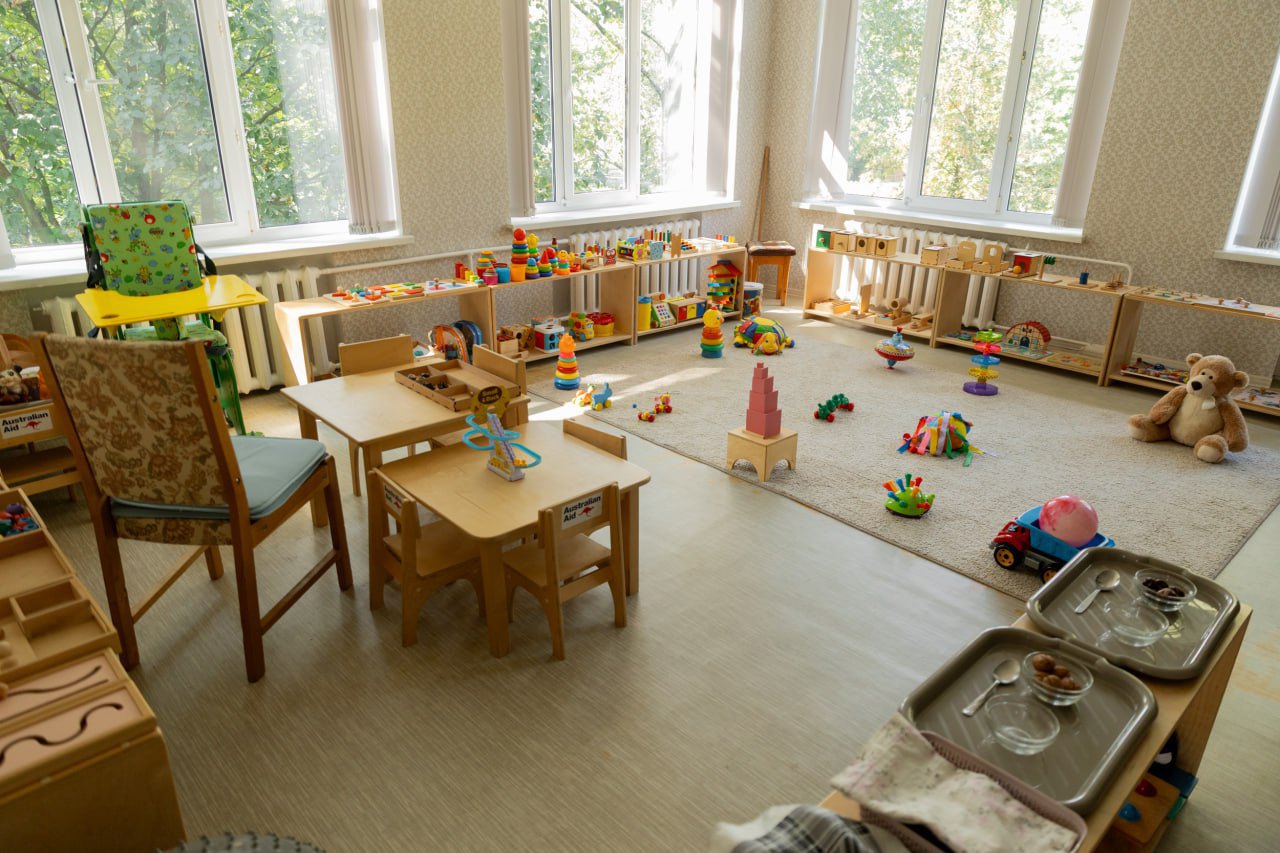
The bottom line is this: the institution itself decided to build a full-fledged shelter as a separate structure nearby. The design and estimate documentation for the protective structure, designed for 100 people, is ready. Now it is up to the local authorities to allocate funds for construction. We are talking about 100 million hryvnias. But it is already known that it will not be easy to find the money, which is quite expected. So, they have decided to renovate the existing basement.
"They will install ventilation, an additional entrance from the street with a ramp, and additional sanitary rooms for children and adults. We will have a commission that will provide recommendations on what else needs to be changed. In other words, we will take all comments into account," says Yuliya Bahro.
First, engineers will develop another project. When asked whether they plan to evacuate the children, the director of the facility, referring to the acting head of the Poltava RMA, replied that they do not. He believes that there is no urgent need to transport the children to a safer region. As for evacuation during the renovation, this issue may arise. In that case, either the Poltava Region or western Ukraine will be considered for temporary relocation.
However, there are currently no specific plans, let alone agreements with a potential host party regarding the placement of children. All that exists is an evacuation plan in case of an emergency. And it provides for relocation within the Kremenchuk district. Meanwhile, for the children, the situation remains essentially unchanged.








